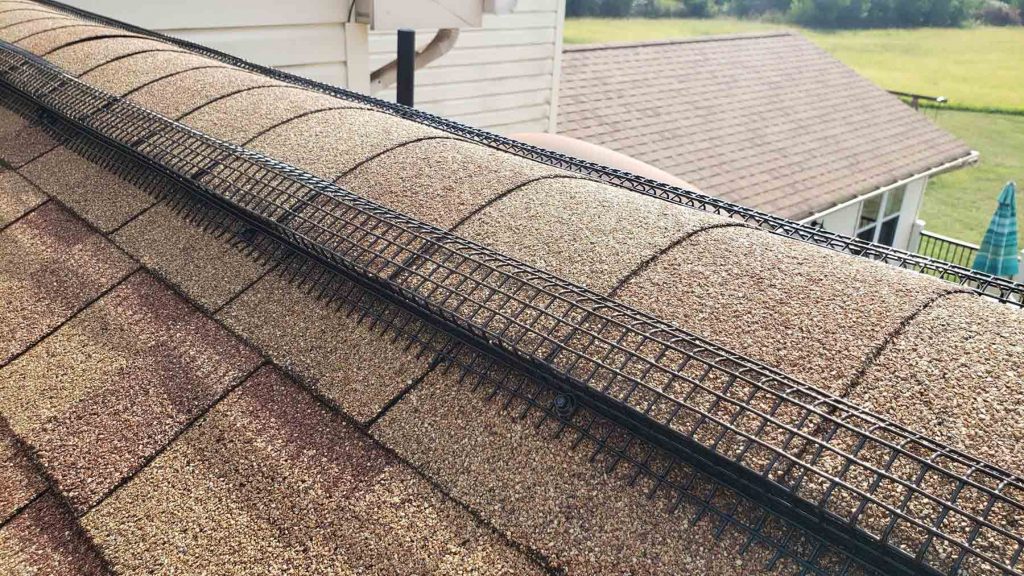As temperatures drop and winter sets in, wildlife undergoes remarkable adaptations to survive harsh conditions. While many animals hibernate or migrate, some adapt their behaviors to thrive in colder climates. As homeowners, understanding these adaptations is crucial to prevent wildlife intrusions into our properties during the winter months.
Adaptations of Winter Wildlife:
During winter, animals exhibit various strategies to endure the cold. Some species, like bears and groundhogs, go into hibernation, slowing down their metabolism to conserve energy. Others, such as birds, migrate to warmer regions. However, many species remain active and employ different survival tactics:
- Insulation and Thick Fur: Animals grow thicker fur or develop insulating layers to withstand low temperatures.
- Food Storage: Squirrels and chipmunks gather and store food during fall to sustain them through winter.
- Changing Diets: Some animals alter their diets to include more high-energy foods during winter.
- Habitat Adaptations: Many animals seek shelter in dens, hollow trees, or burrows to stay warm.
- Reduced Activity: Certain species limit their movement to conserve energy.
Preventing Winter Wildlife Intrusions:
Despite their adaptations, wildlife might still seek shelter in or around homes during winter. Here are proactive measures to prevent intrusions:
- Seal Entry Points: Inspect your property for gaps or openings and seal them to prevent animals from entering.
- Secure Trash and Food Sources: Ensure garbage cans are tightly sealed and bird feeders are inaccessible to wildlife.
- Trim Trees and Bushes: Trim branches near your home to minimize access points for climbing animals.
- Install Barriers: Use wire mesh or fencing to block off areas where animals could nest or seek shelter.
- Limit Access to Warm Spaces: Close off access to attics, crawl spaces, or under decks where animals might seek refuge.
Maintaining a Wildlife-Friendly Environment:
While it’s essential to prevent wildlife intrusions, it’s equally important to create a hospitable environment for them away from homes. Consider:
- Providing Food and Water Sources: Set up bird feeders or leave water in suitable containers away from the house.
- Building Nesting Boxes: Construct nesting boxes or shelters for wildlife away from living spaces.
- Avoiding Chemical Solutions: Opt for natural repellents or deterrents that do not harm wildlife.
By understanding the adaptations of winter wildlife and taking proactive measures to secure homes while providing alternative habitats, homeowners can help wildlife survive while minimizing potential intrusions.
As winter approaches, let’s embrace wildlife coexistence by respecting their adaptations and creating harmonious environments for both humans and animals.
For professional assistance in preventing wildlife intrusions, contact [Company Name] to ensure a wildlife-friendly and humane approach



